I have a two-mode (grant X person) network in csv format. I would like to create personXperson projection of this network and calculate some network measures (including centrality measures of closeness and betweenness, etc.).
What would be my first step? I am guessing creating 2 separate files for Nodes and Edges and run the analysis in R using igraph package?!
Here is a super simplified version of my data (my_data.csv).
- Grant, Person
- A , 1
- A , 2
- B , 2
- B , 3
